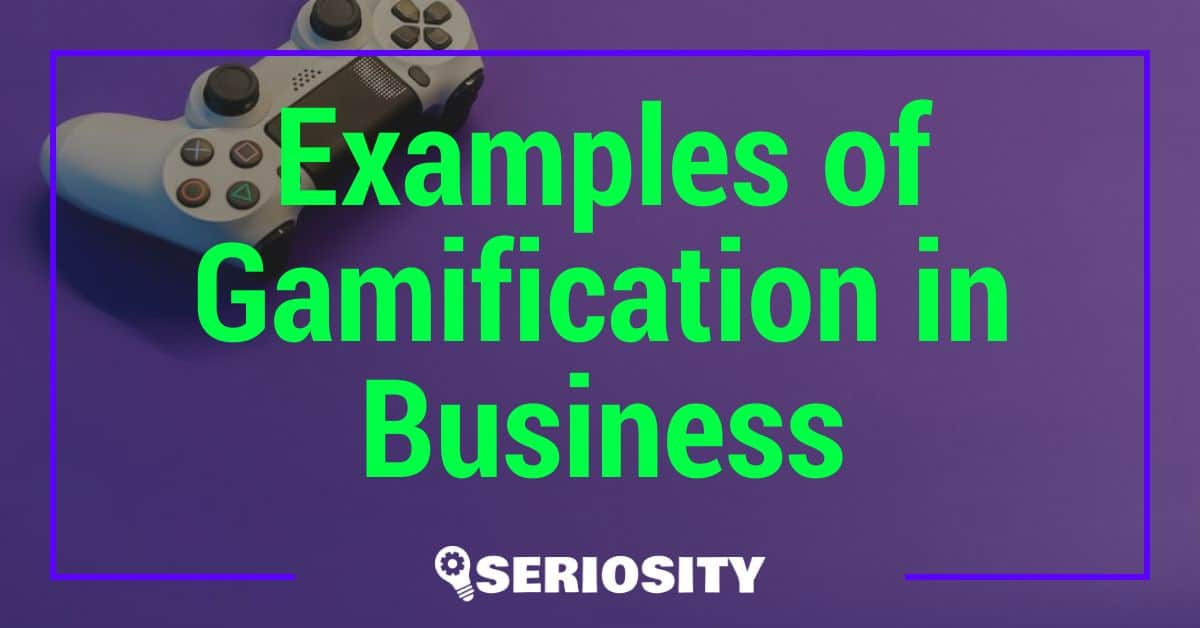Ever wondered who’s behind Kick, the platform that’s been catching everyone’s attention lately? It’s not just another social media site; it’s a hub of creativity and connection. But who owns this innovative space?

The story behind Kick’s ownership is as fascinating as the platform itself. It’s a tale of vision, entrepreneurship, and the quest to create something truly unique in the digital world. Let’s dive into the origins of Kick and uncover the masterminds behind its success.
Key Takeaways
- Kick is an innovative platform designed to cater to creative minds, providing a unique space for creativity and connection unlike traditional social media sites.
- It was founded by visionaries who saw an unmet need in the digital market for a community-centric space where creativity could flourish without barriers.
- The platform differentiates itself through user-centric development, focusing on a strong community bond, accessible creative tools, and engaging activities like challenges and workshops to foster user engagement and creativity.
- Kick’s evolution is marked by its responsiveness to changing digital landscapes and user needs, continuously adapting its offerings to enhance the user experience and promote collaboration.
- Ownership of Kick lies with a private group of visionary investors who have not only provided financial backing but also strategic guidance to shape Kick into the dynamic platform it is today, emphasizing the importance of strategic investment in the growth of innovative digital platforms.
The Birth of Kick
If you’re fascinated by the stories behind successful startups, then Kick’s origin will captivate you. Imagine this: a platform that now stands as a beacon of creativity and innovation was once just a spark of an idea in the minds of its founders. It’s a classic tale of seeing a need in the market and leaping at the opportunity to fill it.
Starting an online business or side-hustle requires more than just a great idea; it requires passion and perseverance. The founders of Kick had both in spades. They recognized early on that to make a dent in the digital realm, they needed to differentiate. That meant not just launching another platform but creating a space where creativity knows no bounds and where users can connect in ways they hadn’t thought possible.
Key Challenges and Triumphs:
- Identifying the Gap: Realizing there was a lack in platforms that truly catered to creative minds.
- Developing the Platform: Bringing the idea to life was no small feat. It involved countless hours of development, feedback, and iteration.
- User Engagement: Convincing users to join a new platform is always a challenge. Kick’s founders leveraged unique features and an engaging interface to draw people in.
What truly sets Kick apart is its commitment to being a user-centric platform. From the start, the founders aimed to build a community, not just a user base. This vision has propelled Kick into the spotlight, making it a staple for creative individuals looking for a place to showcase their talents and find like-minded people.
As an entrepreneur yourself, you know that starting a business or side-hustle is a journey filled with highs and lows. Looking at Kick, it’s clear that with the right mix of innovation, dedication, and understanding of your audience, it’s possible to create something truly remarkable. Whether you’re in the early stages of your venture or looking for the next big thing, let Kick’s story inspire you.
The Visionary Founder
When you dive into the world of startups, it’s the visionary founders that often catch your eye. Their stories aren’t just narratives; they’re blueprints for success, filled with lessons on perseverance, innovation, and understanding the market. The founder of Kick is no exception. With a passion for creativity and a sharp insight into the digital landscape, they not only identified a gap but seized it as an unparalleled opportunity.
Imagine being at that initial stage, where your idea is a mere spark. That’s where they were – armed with nothing but a vision and the drive to create a platform that champions creativity. It’s what you, as an entrepreneur, might find both daunting and exhilarating. They saw the potential in connecting creative minds, in breaking down the traditional barriers to creativity, and building a community rather than just a market.
Their journey wasn’t smooth sailing. Like you, they faced challenges that seemed insurmountable – from attracting the first users and engaging a community to securing funding to scale their vision. Yet, their determination mirrored the essence of what it means to build a startup from scratch. They built Kick not just as a platform but as a community where individuals could share, collaborate, and inspire one another.
What stands out about Kick’s founder is their user-centric approach. They didn’t just build a platform; they nurtured a community. Understanding that success in the digital realm isn’t just about the technology, but how it connects and enriches lives, they focused on the user experience. This approach not only propelled Kick into the spotlight but also cemented its place as a beacon for creative minds.
As you journey through your own entrepreneurial endeavors, remember that the path isn’t always linear. It’s the lessons learned, the challenges faced, and the unwavering belief in your vision that pave the way to success. Kick’s founder started with a spark – a testament to what passion, innovation, and dedication can achieve.
Building a Creative Community
When you’re at the helm of a venture like Kick, understanding the profound impact of a vibrant, creative community is crucial. This isn’t just about providing a platform; it’s about cultivating an ecosystem where individuals feel genuinely connected and creatively fueled. Engaging a community like this requires more than just a great idea or a catchy name. It demands a deep dive into what makes your users tick and constantly seeking innovative ways to meet their needs and aspirations.
At its core, Kick thrives on the principle that creativity should be accessible to everyone. This vision has led to the implementation of features designed to lower entry barriers for new creators and facilitate smoother collaborations among users. Whether it’s offering user-friendly tools that don’t require a steep learning curve or fostering a culture of feedback and support, the goal is always to empower users to bring their imaginative concepts to life.
Engagement is the lifeblood of any online community. For Kick, this means rolling out regular challenges, workshops, and live events that are not just fun but also deeply enriching. These initiatives help keep the community lively and buzzing with fresh ideas. They also serve as a platform for users to showcase their talents, learn from peers, and even get discovered by brands and industry leaders.
Remember, building a community is an ongoing process. It involves listening to your users, adapting to their changing needs, and always being on the lookout for ways to surprise and delight them. Your role as the founder is to keep this creative spark alive, ensuring that Kick remains a beacon for innovation and collaboration in the digital landscape.
By focusing on these principles, you’re not just growing a platform; you’re nurturing a creative movement. This is the kind of legacy that transcends the norm, proving that with the right approach, building something truly remarkable is within reach.
The Evolution of Kick
Starting a business from scratch is no small feat, and watching it evolve is akin to observing your brainchild grow up. Kick’s journey from a budding idea to a powerhouse in the digital space resembles this transformative process. It’s an evolution that’s both inspiring and educational for fellow entrepreneurs and business enthusiasts like yourself.
In its early days, Kick was a modest platform, mainly focusing on providing a space for creators to share their work. However, as technology advanced and the digital landscape shifted, so did Kick’s strategies and offerings. They recognized that to stand out and truly resonate with their audience, they had to evolve. This meant not just being a platform for sharing, but becoming a community where creators could collaborate, learn, and grow together.
The introduction of accessible tools for creators was a game-changer. Suddenly, anyone with a passion could experiment, create, and share their work without needing a hefty investment in software or equipment. It democratized creativity, leading to a surge in original content and fresh talents emerging from corners of the world previously unheard from.
Moreover, the shift towards fostering community interactions took Kick from being a mere platform to a vibrant, lively community. Engagement strategies such as hosting challenges, workshops, and live events became the norm. These initiatives not only kept the existing community hooked but also attracted new members intrigued by the dynamic and supportive environment.
Another key aspect of Kick’s evolution is its responsiveness to user feedback. Adapting to users’ needs has been paramount, with the platform continuously tweaking and introducing new features to enhance the user experience. This iterative approach has not only kept Kick relevant but has also cemented its position as a leader in fostering creativity and collaboration online.
As someone deeply invested in the world of online business and startups, observing Kick’s growth trajectory provides valuable insights. It’s an embodiment of how constant evolution, staying user-centric, and fostering community can turn a simple idea into a legacy.
Unveiling the Ownership
Diving deep into the ownership of Kick, you’re stepping into a realm where curiosity meets business strategy. Knowing who owns Kick is not just about quenching your thirst for knowledge; it’s about understanding the forces behind the platform that’s become a crucial part of digital creativity and entrepreneurship.
Initially, you might think that uncovering the ownership details of such a prominent company is straightforward. However, the reality is often more nuanced. Kick, with its rich history of evolution and transformation, is no exception. The ownership structure of Kick can provide insights into its innovative drive, financial backing, and potential future direction.
At its core, Kick is owned by a private group of investors. These aren’t just any investors but a collective of visionaries who saw the potential in Kick when it was merely a budding platform. Their belief in the power of creativity and collaboration has been instrumental in shaping Kick into the dynamic community it is today.
These investors aren’t just silent backers; they’re integral parts of Kick’s journey. They’ve provided not only financial support but also strategic guidance that has helped Kick navigate the ever-changing digital landscape. Their involvement goes beyond mere ownership; they’re part of the fabric that makes Kick a leader in fostering online creativity and entrepreneurship.
Among these investors, some notable names stand out. These are individuals and entities that have a history of investing in tech startups and online platforms, demonstrating a keen eye for potential unicorns. Their diverse backgrounds — spanning technology, media, and venture capital — have contributed to a rich melting pot of ideas and innovation at Kick.
While detailed financial figures and shares might be closely guarded, the impact of these investors on Kick’s trajectory is undeniable. Their investment has enabled Kick to expand its features, grow its community, and continue on its path of constant evolution.
Conclusion
So there you have it. Behind Kick’s success lies a powerhouse of investors who’ve done more than just pour in money. They’ve been the architects of its growth, shaping it into the hub of creativity and entrepreneurship it is today. Their expertise in tech, media, and venture capital hasn’t just fueled Kick’s expansion but has also ensured it stays at the forefront of digital innovation. As you navigate Kick, remember the strategic minds working behind the scenes to enhance your experience every step of the way.
Frequently Asked Questions
Who owns Kick?
Kick is owned by a private group of investors. These individuals have backgrounds in technology, media, and venture capital, and they’ve been key in guiding the platform’s strategic direction.
How have the investors influenced Kick?
The investors have played a pivotal role not just by providing financial backing but also by offering strategic guidance. Their influence has helped shape Kick into a leader in online creativity and entrepreneurship.
What has been the focus of Kick’s growth strategy?
Kick’s growth strategy has focused on enhancing its features, expanding its community, and continuously evolving to meet the demands of the digital landscape. The investors have fueled this growth by leveraging their expertise and resources.
How does Kick support online creativity and entrepreneurship?
Kick supports online creativity and entrepreneurship by offering a platform where users can share, collaborate, and monetize their creative projects. The continuous evolution of its features, guided by the investors, makes it an ideal ecosystem for creative individuals and entrepreneurs.
What makes Kick’s investors unique?
What sets Kick’s investors apart is their blend of expertise in technology, media, and venture capital, which allows them to offer more than just financial support. They provide valuable strategic insights that have helped Kick thrive in a competitive landscape.














